Full mouth dental implants replace all a full row, or both rows, of missing teeth with dental crowns and bridges supported by dental implants. Dental implants rely on three separate components to replace missing teeth: the implants themselves; the attachment abutments that affix the prosthetic tooth or teeth to the implant; and the dental prosthetic. The implants are surgically placed into the jaw, under the gums, where they are given time to heal before dental prosthetics are attached to them. As the bone heals around dental implants, it fuses together with the implant, creating a relationship that continues to stimulate healthy bone growth while supporting the implant. In this way, a dental implant mimics the tooth’s natural root, helping to keep the jaw from acquiring that sunken appearance that’s common when all the natural teeth are missing, and providing support to maintain a sturdy dental restoration for the long term.
The full mouth dental implants procedure begins with diagnostics, planning, and, if additional procedures like gum grafts are needed, these are completed before implants are placed. For the first step of the implant placement procedure, your oral surgeon will make an incision in the gum tissue to expose the bone beneath. After the bone is exposed, a small hole is drilled in the bone and the implant is inserted into the hole. These steps are repeated for each implant to be placed. Once the implants are placed, a temporary healing cap or bridge is placed over the implants to protect them as they heal, preventing bacteria from entering the surgical sites, and the gum tissue that surrounds the implant is shaped and repositioned before being sutured back into place.
Over the course of the coming months, the bone is given time to heal and bond to the implants. Once this fusion of bone and implant has occurred, the temporary healing caps or bridge are removed and the implants are uncovered. Permanent attachment abutments are affixed to the implants, and the gums are allowed to heal around these abutments for a couple of weeks. After the gum tissue has healed snugly around the implant abutments, your dentist will place the full bridges or dentures that were designed and crafted just for you. These dental restorations are permanently attached to the implant abutments, where they function and look like natural teeth for decades with the proper care. More comfortable than removable dentures, full mouth dental implants are stable and strong, helping their wearers chew and eat comfortably and smile with confidence.
Unlike conventional dentures, implant dentures are cared for and cleaned while in the mouth, adding to their convenience and durability. A solid oral hygiene routine, including regular visits to the dentist, contributes considerably to the long-term success of full mouth dental implants, and dental implants, in turn, help keep the bone healthy and strong. Many patients who are missing one or more rows of teeth rightly consider the treatment a worthwhile investment in their oral health, overall health, and quality of life; it’s worth it to talk to your dentist and ask if full mouth dental implants are a good solution for you.
